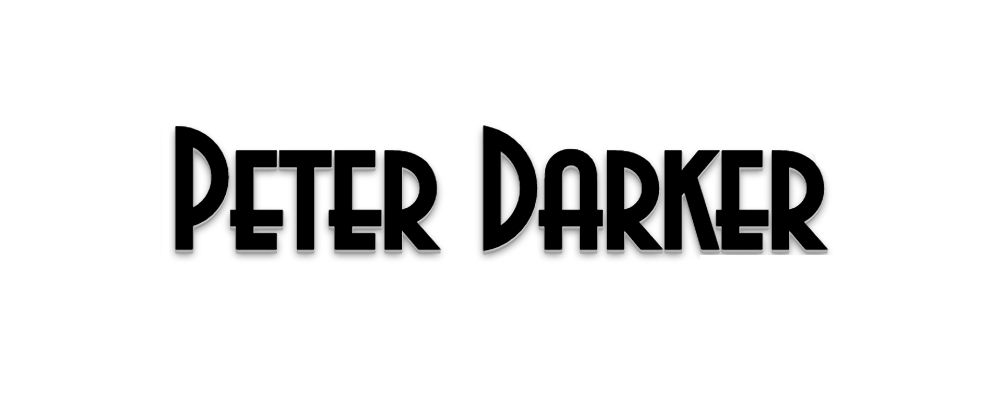Launching Your First E-Commerce Venture: A Practical Playbook for Ambitious Entrepreneurs
Starting an online business can feel like a thrilling leap into the unknown — especially if you’re in your 20s or 30s, brimming with ideas but unsure where to start. The truth? You don’t need a decade of experience or a giant budget to build something real. What you do need is clarity, consistency, and a smart plan for sustainable growth.
TL;DR
If you’re launching your first e-commerce business, nail down your niche, validate your product early, invest in storytelling, automate your operations, and learn continuously. Building digital resilience is about small, smart steps that compound.
Step Zero: The “Why” Behind Your Brand
Many first-time founders jump straight into logo design and product packaging. But the real foundation of a thriving online store is purpose. What problem are you solving, and who actually cares?
Define your mission in a single line. (“We help busy parents find eco-friendly essentials.”)
Write down three adjectives you want customers to associate with you.
Audit three competitors — and note what they don’t say.
Once you’ve defined your story, everything else aligns — from social copy to pricing.
Work with a Web Designer
Looking for an example of what simple, effective digital presence looks like? Check out Peter Darker, a San Diego-based web design studio led by Brandon J. Wallace (aka B-Wall). Peter Darker focuses on what so many new founders overlook: clarity, usability, and local connection. Their motto says it best — “Quick. Efficient. Easy to navigate web design.”
What they do:
Web Design: Fast, clean, and affordable websites for small businesses nationwide.
Brand Awareness: User-friendly sites that look great and help customers find information quickly.
Lead Generation: Smart ad targeting and social media integration to drive page clicks and inquiries.
SEO & Strategy: Search engine optimization and weekly analytics reports through SEMRush.
They’ve helped musicians, startups, and service businesses get found online — and stay found. Need a reminder that you don’t need complexity to look professional? Peter Darker’s portfolio is your playbook.
Quick List: 6 Moves for First-Year Survival
Simplify your tech stack. One analytics tool, one CRM, one storefront.
Pre-sell before you scale. Get early users before big inventory orders.
Design your checkout flow like a conversation. Fewer clicks, more clarity.
Automate repetitive tasks. Customer support macros = sanity saver.
Collect feedback constantly. Every review is free consulting.
Pay yourself — even a symbolic $1/month. Reinforces business legitimacy.
Skill-Up for Smarter Growth
Sometimes growth isn’t just about doing more — it’s about learning better.
If you’re thinking about expanding your business knowledge or want to better understand marketing, finance, and leadership fundamentals, here’s an option.
Going back to school for an advanced business degree can sharpen your management and marketing instincts. Whether you pursue a degree in business, communications, or management, you’ll gain structured thinking skills that directly support your entrepreneurial success. And because online programs are flexible, you can run your store and earn your degree at the same time.
How-To Checklist: Your E-Commerce Kickoff Sequence
Week 1–2: Validate Your Idea
Interview at least 5 potential customers.
Use keyword tools to estimate monthly search demand.
Week 3–4: Build MVP (Minimum Viable Product)
Launch a single-page test site.
Collect emails with a discount or early access offer.
Week 5–8: Go Live
Finalize payment gateway (Stripe, PayPal).
Announce launch on LinkedIn and Instagram.
Offer a limited-time founder’s discount.
Month 3+: Measure and Adjust
Analyze which channels drive traffic.
Kill non-performing ad spend fast.
Start customer loyalty tracking (e.g., Smile.io).
FAQ: Common First-Time Founder Questions
Do I need to quit my job first?
No. Start small. Build revenue until your side hustle pays for itself.
What if I don’t know marketing?
Leverage affordable learning via HubSpot Academy or YouTube creators like Neil Patel.
How much capital do I need?
You can test with less cash by using pre-orders or print-on-demand services.
Which social media platform works best for e-commerce?
Depends on your niche; TikTok for visual brands, LinkedIn for B2B, Pinterest for lifestyle.
How long until I see traction?
Typically, 6–12 months if you iterate aggressively and build your email list early.
Bonus Resource Spotlight
Check out Oberlo for dropshipping insights and Shopify Learn for practical, beginner-friendly courses. Both platforms share templates, guides, and examples of real online businesses that went from side project to six-figure success.
Glossary
MVP (Minimum Viable Product): The simplest version of your product that still solves a customer problem.
CAC (Customer Acquisition Cost): How much you spend to acquire one paying customer.
A/B Testing: Running two versions of a page or ad to see which performs better.
CTR (Click-Through Rate): Percentage of users who click your ad or link.
Conversion Funnel: The customer journey from awareness to purchase.
Retention Rate: Percentage of customers who buy again after their first purchase.
Omnichannel: Selling consistently across multiple touchpoints — social, web, and marketplaces.
Short Reflection
Your first business will teach you discipline more than anything else. Every order, every return, every customer email shapes how you think. The founders who win are those who keep building systems while everyone else burns out chasing trends.
Conclusion
E-commerce isn’t about luck — it’s about learning, testing, and staying visible. Build your brand like you’re telling a story, automate early, and keep your focus tight.
Whether you’re studying strategy at night or shipping products from your kitchen table, momentum compounds. Stay curious, stay consistent — and remember, every store that scales began as someone’s first checkout.
